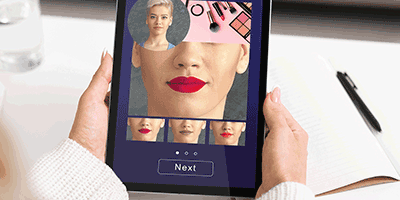One subcategory that stands out? Men’s skincare, which includes not only face washes, shaving creams and gels but also moisturizers, toners, sunscreen and face masks. In the U.S., men’s skincare grew roughly 8% a year — about double the growth in men’s BPC overall — between 2015 and 2019. After a dip during the COVID-19 outbreak, men’s skincare is expected to continue leading the market with growth of ~6% for each of the five years after 2020.
There’s an unmistakable trend of quick, significant success emerging among unique, quality brands targeting men. Examples abound with tremendous growth in brands such as Harry’s and Dollar Shave Club contrasting with long-established brands like Irish Spring and Just for Men, which have seen stagnant sales over the past decade (see Figure 5).










